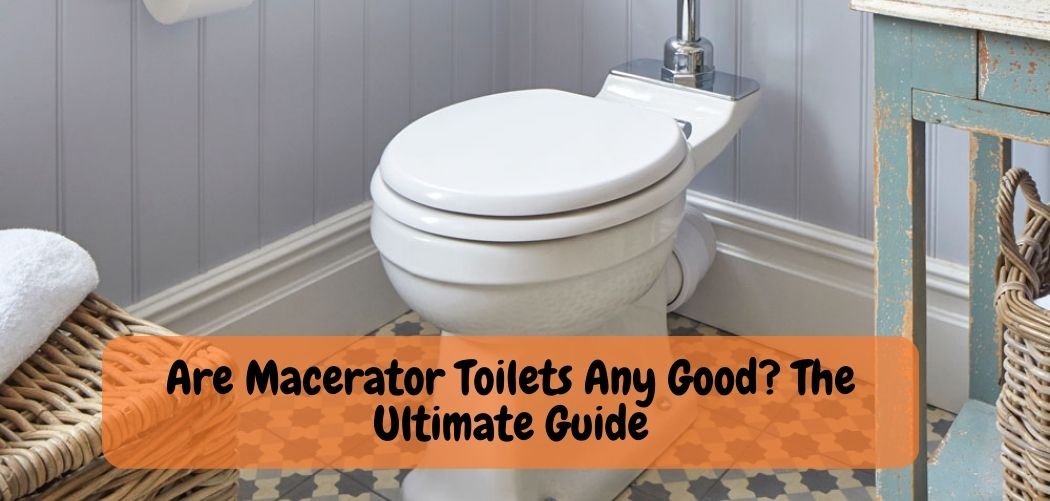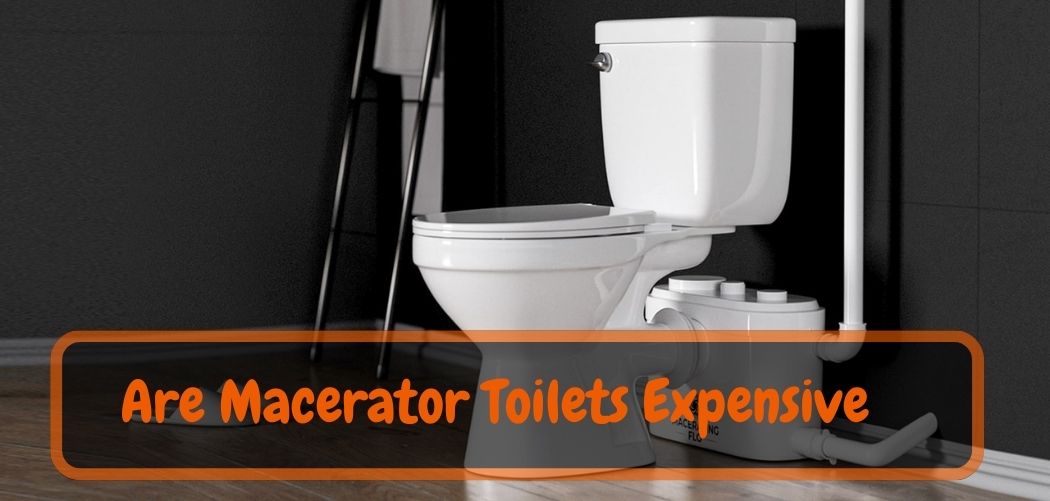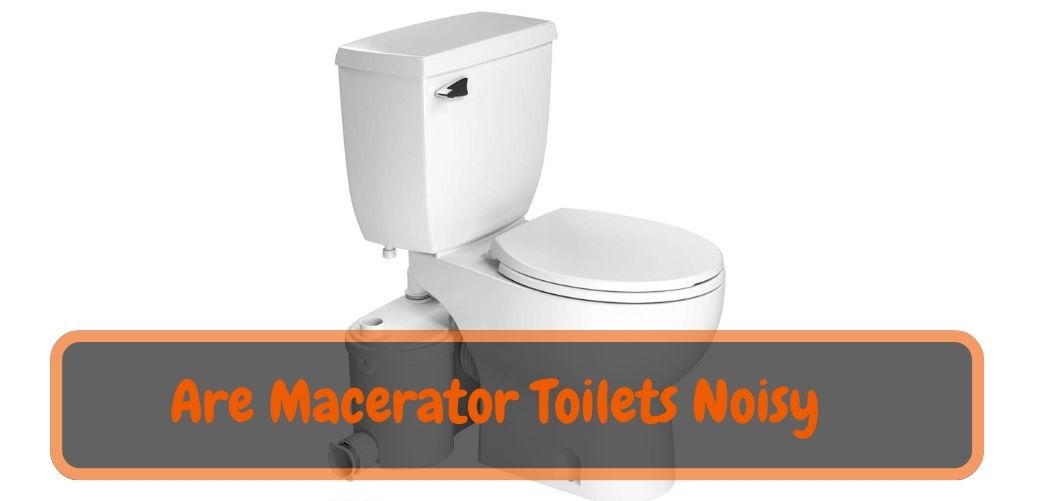Macerator toilets are a type of toilet that grinds up waste and pumps it out through a small pipe. They are often used in places where there is no sewer hookup or where the sewer hookup is far away. Macerator toilets are not as common in the United States as they are in Europe, but they are becoming more popular.
Some people think macerator toilets are a good option because they save water and reduce sewage costs. Others worry about the potential for clogs and leaks.
Macerator toilets are becoming more popular in North America, as they offer many benefits over traditional toilets. For one, macerator toilets require less water to flush, which can save you money on your water bill. They also take up less space than a traditional toilet, making them ideal for small bathrooms.
Macerator toilets also grind up waste so that it can be easily flushed away, which means there is less chance of clogging.
Macerating Toilet Pros And Cons
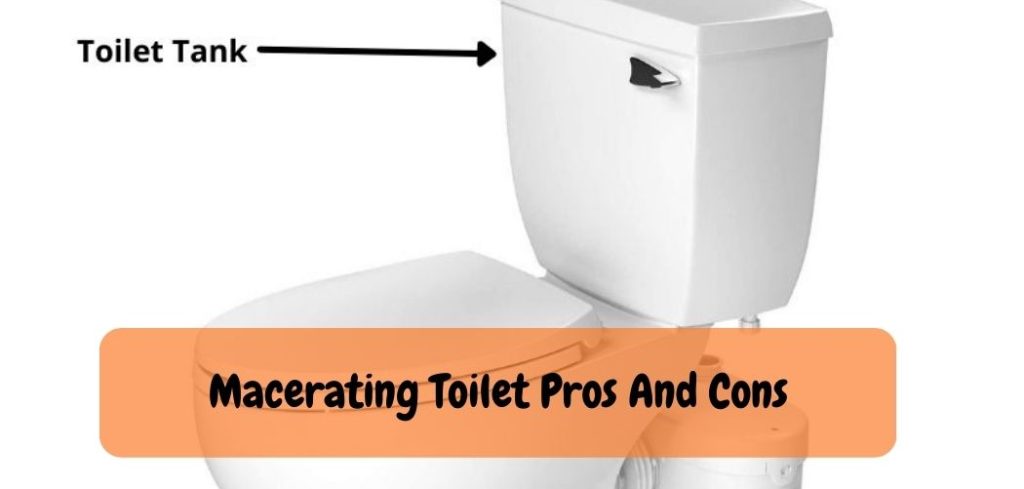
There are many different types of toilets available on the market, and each has its own set of pros and cons. One type of toilet that you may come across is a macerating toilet. In this blog post, we will take a look at the pros and cons of macerating toilets to help you decide if this is the right type of toilet for your home.
Macerating Toilet Pros:
1. Macerating toilets can be installed almost anywhere in your home – even in places where there is no existing sewer line. This makes them ideal for homeowners who want to add an extra bathroom to their home without having to go through the hassle (and expense) of adding a new sewer line.
2. Macerating toilets are very easy to maintain and keep clean. Since there is no bowl or tank, there are no nooks or crannies for dirt and grime to build up in. Simply wipe down the outside of the unit with a damp cloth when necessary and everything stays clean!
3. Macerating toilets save water since they use less water per flush than traditional toilets do. This is good news for both your wallet and the environment!
Macerating Toilet Cons:
1. Macerating toilets can be more expensive than traditional toilets, both upfront and over time (due to their higher maintenance costs). However, many people feel that the benefits outweigh the costs.
2 . While macerating toilets are very easy to keep clean, some people don’t like not having a bowl or tank where they can see everything “go down”! If you have young children in your home, this could be something to consider before making your purchase.
Macerator Toilet Problems
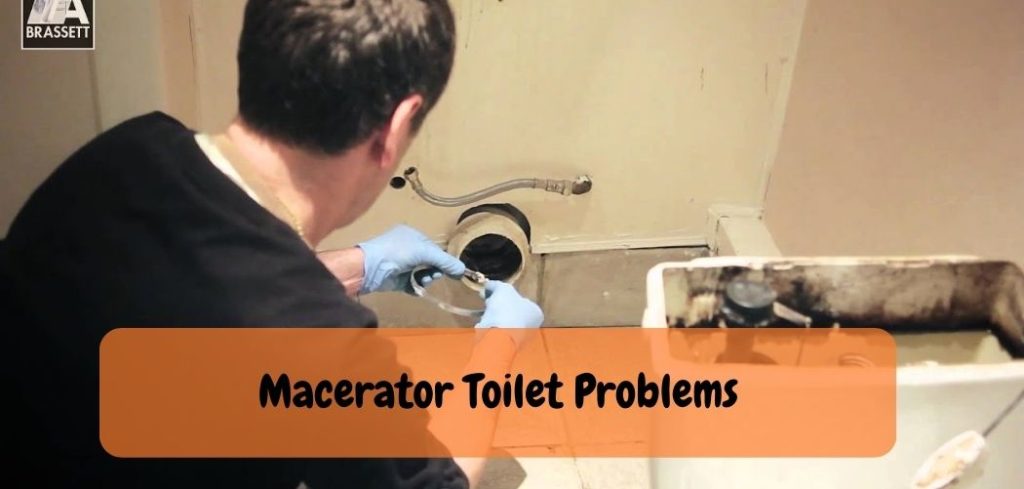
If you have a macerator toilet in your home, you may have experienced some problems with it at one time or another. Here are some of the most common macerator toilet problems and how to fix them.
The most common problem with macerator toilets is that they get clogged easily.
If your toilet gets clogged frequently, there are a few things you can do to try to prevent it. First, make sure that you are only flushing human waste and toilet paper down the toilet. Do not flush anything else, such as feminine hygiene products, baby wipes, or paper towels.
Second, do not put too much toilet paper in the bowl at one time. Third, if you have a plunger, use it regularly to help keep the drain clear.
Another common problem with macerator toilets is that they can be noisy.
If your toilet is making loud noises when it is running, there are a few things you can try to quiet it down. First, make sure that the unit is level and sitting on a solid surface. If it is not level or sitting on an uneven surface, this can cause vibrations and noise.
Second, check all of the connections to make sure they are tight and secure. Third, if your unit has an adjustable speed setting, turn it down to the lowest setting. This will help reduce noise levels significantly.
If you are having problems with your macerator toilet, there are a few things you can try before calling a plumber. These tips should help solve most common issues without having to call for professional help!
Macerating Toilet System And Shower
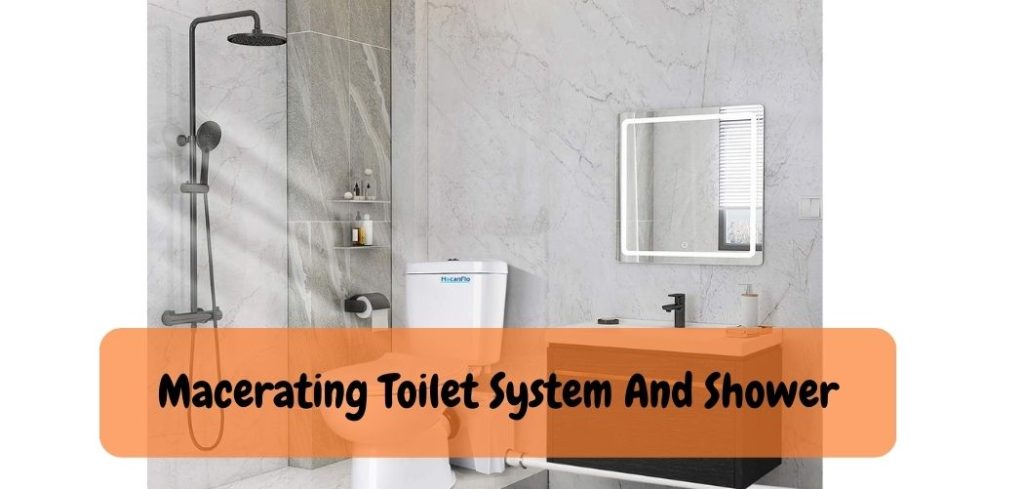
When it comes to plumbing, there are a lot of different options out there. And while each option has its own set of pros and cons, macerating toilets and showers definitely have some major advantages. Here’s a closer look at what these systems are and how they can benefit your home:
Macerating Toilet System: Also known as an upflush toilet, a macerating toilet system is basically a regular toilet that includes a macerator pump. This pump grinds up waste so that it can be flushed away through small pipes – even if those pipes aren’t large enough for a traditional flush.
That means that you can install a macerating toilet pretty much anywhere in your home, even if the sewer line isn’t easily accessible. They’re also great for homes with low water pressure since the pump provides the power needed for waste to be properly flushed away. Shower Macerator Pump:
A shower macerator pump is similar to the one used in a macerating toilet system, but it’s designed specifically for shower drains. That means that you can install a shower in any room of your home – even if there isn’t already plumbing in place. These pumps grind up waste so that it can be flushed away through small pipes, just like with a macerating toilet system.
And because they don’t require any major changes to your existing plumbing, they’re relatively easy and affordable to install.
Macerator Toilet How Does It Work

If you have ever wondered how a macerator toilet works, wonder no more! A macerator toilet is a type of toilet that uses a grinding action to break down waste so that it can be flushed away easily. This makes it ideal for use in areas where there is limited water available or where the sewer system cannot handle traditional toilets.
Here’s how it works: when you flush the toilet, the waste is deposited into a holding tank. Inside the tank are rotating blades that chop up the waste. A pump then forces the resulting slurry through a small pipe and into the sewer system.
Macerator toilets have several advantages over traditional toilets.
First, they require less water to operate – just 1.5 gallons per flush compared to an average of 3-5 gallons for traditional toilets. This can save a significant amount of water over time, especially in areas with drought conditions.
Second, because they grind up waste before flushing it away, macerator toilets are less likely to cause clogs in your sewer lines.
Third, they are much easier to install than traditional toilets, since all you need is a small pipe running from the toilet to your sewer line – no major plumbing renovations required!
If you’re considering switching to a macerator toilet, talk to your plumber or local home improvement store for more information on which model would be best for your home.
What Can Go Wrong With a Macerator?
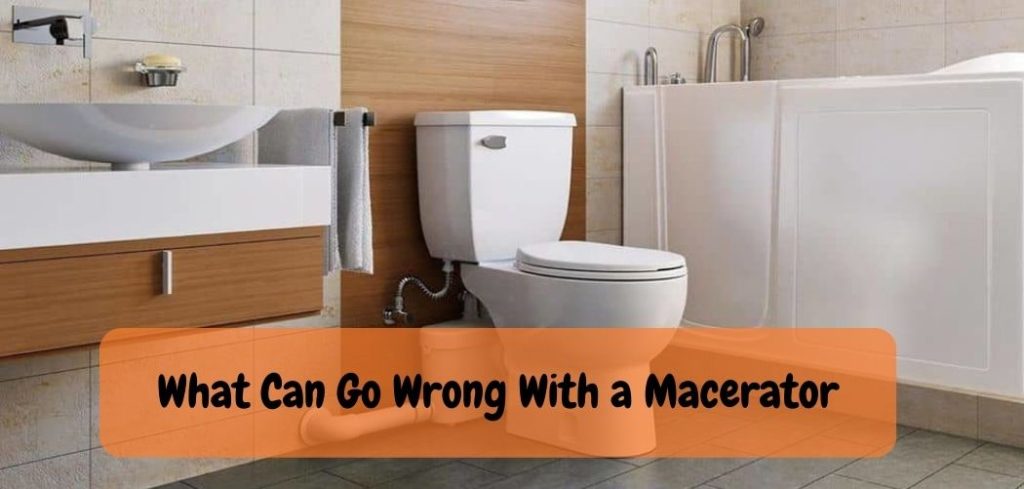
If you have a macerator in your home, it is important to know what can go wrong with it. A macerator is a device that grinds up sewage and waste so that it can be easily pumped out of your home. If something goes wrong with the macerator, it could cause raw sewage and waste to back up into your home.
Here are some things that can go wrong with a macerator:
The most common problem with macerators is when they become clogged. If you have a lot of people using the same bathroom, or if you have children who flush toys down the toilet, this can happen more easily.
Once the macerator becomes clogged, it will stop working and sewage will start to back up into your bathroom. To prevent this from happening, make sure that only human waste and toilet paper are flushed down the toilet. You should also have your macerator serviced regularly to keep it in good working condition.
Another problem that can occur is when there is an electrical failure. This usually happens because of a power surge or because water has gotten into the electrical components of the macerator. When this happens, the motor will not be able to turn on and the blades will not be able to grind up the sewage.
This can cause raw sewage to back up into your home very quickly. To prevent this from happening, make sure that you have surge protection for your electrical system and that you keep water away from the electrical components of the macerator. If you take care of your macerator and service it regularly, it should last for many years without any problems.
However, if something does go wrong, it is important to call a plumber right away so that they can fix the problem before sewage starts backing up into your home.
Is a Macerator Toilet Worth It?

If you’re considering installing a macerator toilet in your home, you may be wondering if it’s worth the investment. Here’s what you need to know about macerator toilets to help you make a decision.
What is a Macerator Toilet?
A macerator toilet is a type of flush toilet that has a built-in grinder that pulverizes waste before it enters the sewage system. This makes it ideal for homes that don’t have enough space for a traditional sewer line or where the soil isn’t conducive to traditional sewer lines.
Macerator toilets are also convenient because they can be installed almost anywhere in the home, including in small bathrooms and even in closets!
And since there’s no need for a sewer connection, macerator toilets are much easier and less expensive to install than traditional toilets.
Are Macerator Toilets Worth It?
So, are macerator toilets worth it?
The answer depends on your individual needs and preferences. If you want or need an alternative to a traditional sewer line installation, then a macerator toilet may be perfect for you. They’re also quick and easy to install, which can save you time and money.
How Long Do Macerating Toilets Last?
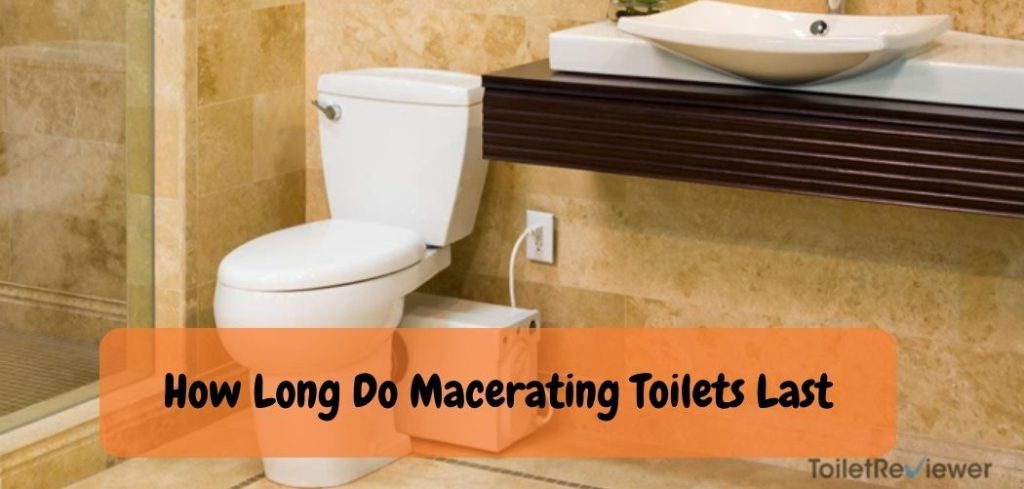
Macerating toilets have been around for many years, and while their lifespan can vary depending on the model and manufacturer, they typically last between 10 and 20 years. In some cases, macerating toilets may even last longer than this.
While macerating toilets are designed to be durable and long-lasting, there are a few things that can shorten their lifespan.
One of the most common is simply wear and tear from regular use. Over time, the moving parts in a macerating toilet can start to wear down, which can eventually lead to problems with the toilet itself. Additionally, if a macerating toilet isn’t properly maintained (e.g., if it isn’t regularly cleaned), this can also lead to shortened its lifespan.
If you’re wondering how long your particular macerating toilet will last, it’s best to consult with the manufacturer or an experienced plumber/toilet technician. They’ll be able to give you a more accurate estimate based on the specific make and model of your toilet as well as its current condition.
Can I Put Bleach down a Macerator Toilet?

Macerator toilets are a type of plumbing system that is often found in homes where the sewer line is not easily accessible. These toilets have a grinding mechanism that breaks down waste so that it can be flushed through a small pipe. Because of this, macerator toilets are not able to handle bleach or other harsh chemicals.
If you try to put bleach down a macerator toilet, it will likely damage the grinding mechanism and cause the toilet to malfunction.
Macerator Toilets – Everything You Should Know
Conclusion
Macerator toilets are a type of toilet that grinds up waste so that it can be flushed down the drain. They are becoming increasingly popular in homes and businesses, but are they any good? There are pros and cons to using a macerator toilet.
Some people like them because they take up less space than a traditional toilet and they are easy to install. They also grind up waste so that it is less likely to clog the pipes. However, some people dislike macerator toilets because they are noisy and expensive to repair if they break down.
Overall, macerator toilets have their pros and cons. It is important to weigh these factors before deciding if one is right for your home or business.


